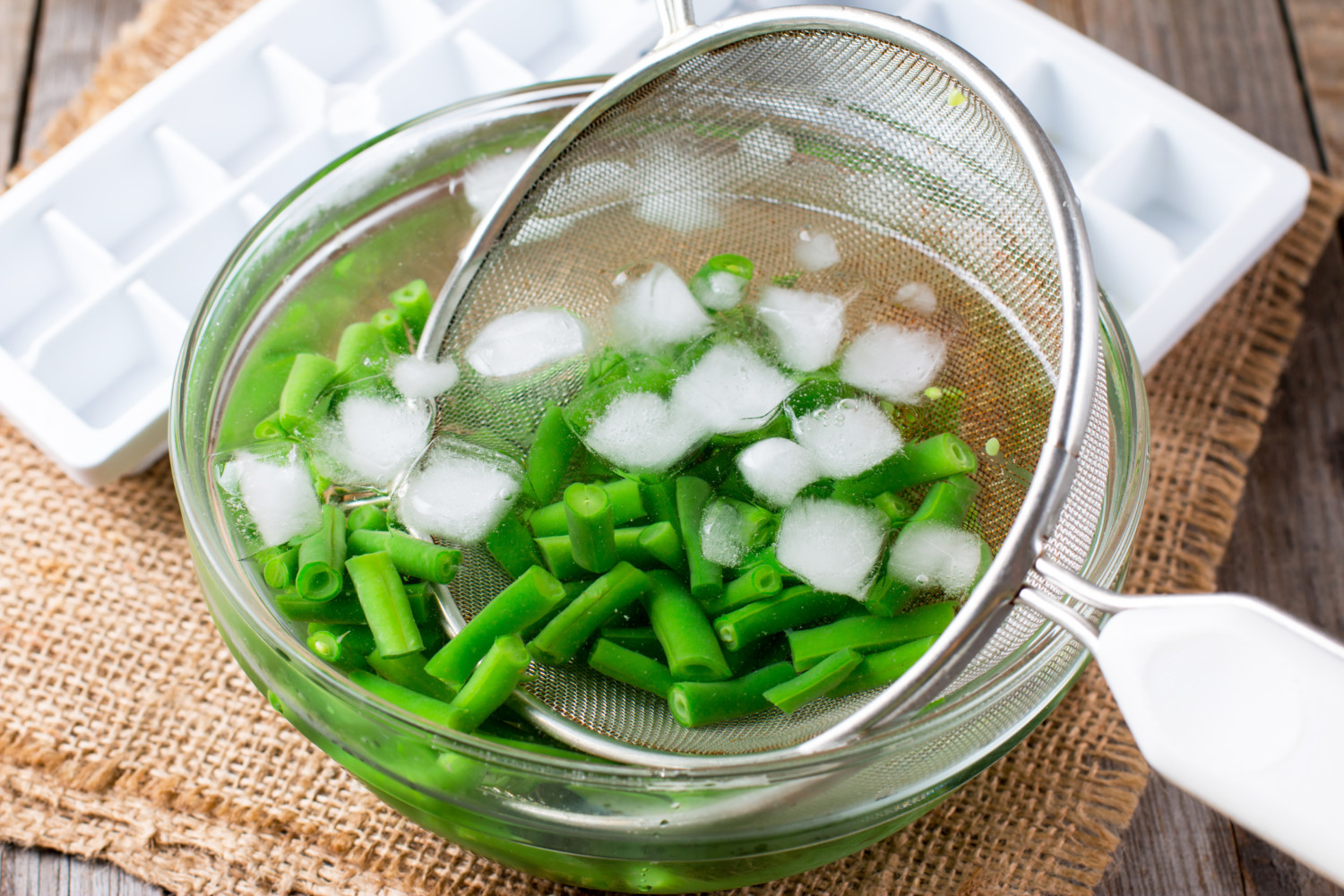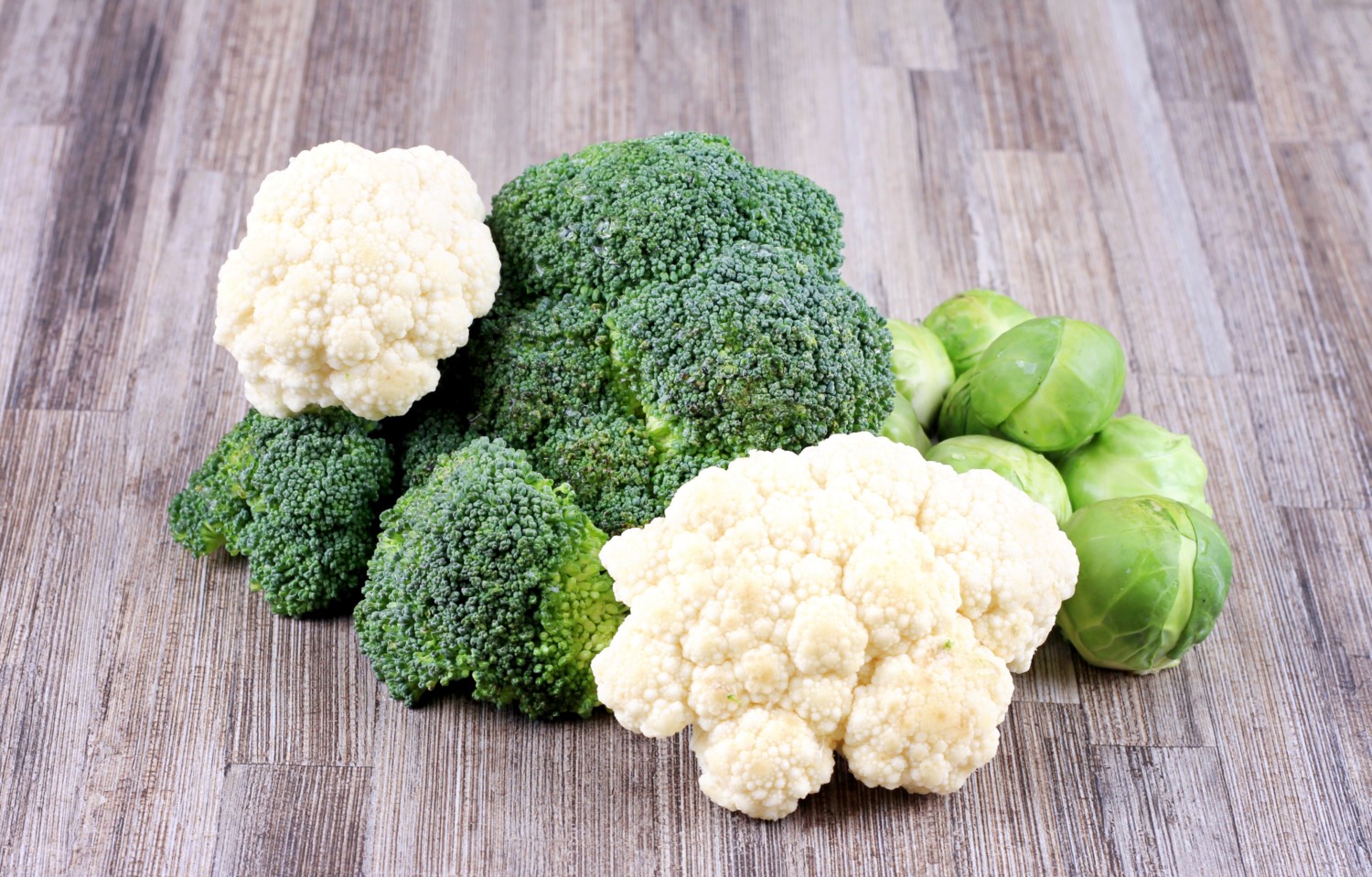You might want to freeze some of your veggies if you have more produce than you can use right away. Freezing fresh vegetables makes it easier to have inexpensive, nutritious food all year. In addition, produce can retain nutrients and flavor when prepared and stored correctly. So whether you have your garden, a generous neighbor or find a great deal at the farmer’s market, learning how to freeze green beans, corn or other veggies that freeze well can help you eat healthier and stretch your grocery dollars.
Vegetables You Should and Shouldn’t Freeze
The good news is that most veggies are easy to freeze. Some will thaw nicely for you to serve and enjoy just as you would if they were fresh. Others might be better suited for cooked dishes like soups, stews and casseroles.
Consider what you may have seen in the frozen foods section of the grocery store, such as broccoli, carrots, cauliflower, corn, green beans, peas and squash. Peppers and onions freeze well, and you can also freeze winter greens, like collards, kale and spinach.

Veggies that don’t freeze well include those with high water content, such as cabbage, celery, cucumbers, lettuce and mushrooms. When thawed, these will be limp, soggy and not very appealing.
While you can freeze potatoes, they must be at least partially cooked to do so because of their water content. Otherwise, they will be mushy and grainy when thawed.
You should only freeze vegetables that are fresh and ripe and not wilted, bruised or otherwise past their prime.
How to Freeze Green Beans and Asparagus
Asparagus and green beans have a great deal in common. For instance, they’re both long, thin and green. In addition, each veggie is low in saturated fat, contains zero cholesterol and is loaded with calcium, fiber and a long list of vitamins and minerals. Both are also delicious, kid-friendly and freeze well. And when it comes to deciding how to freeze green beans or asparagus, you have two options: blanching or vacuum sealing.
To blanch them, start by trimming the ends. You can cut them into smaller pieces if desired. Then, place them in a pot of boiling water for two to three minutes, just until they turn bright green. Remove from the boiling water immediately and place in a bowl of ice water for three minutes. Pat dry and place on a baking sheet in a single layer and freeze for an hour. Finally, put the veggies into freezer bags or containers and store them in the freezer.

If you plan to use them within a few weeks or months, you can freeze green beans or asparagus without blanching. First, wash and cut the spears or beans, drain and dry them, removing as much water as possible. Then, for best results, package the veggies using a vacuum sealer. Alternatively, you can place them in zip-top freezer bags and remove as much air as possible using a straw. Then, seal the bags and store them in the freezer.
How to Freeze Corn
You can freeze corn whole on the cob or remove the kernels from the ears of corn first and then freeze them. You can also cut the cobs into smaller sizes to stretch them further. After husking, cleaning and cutting the corn as desired, blanch it by placing it into a pot of boiling water for two to three minutes, then submerging it into a bowl of ice water to stop the cooking process.

Drain the corn on a baking sheet lined with paper towels until it is cool and dry. For whole ears of corn, wrap them in plastic wrap before putting them into freezer bags or containers. You can flash freeze corn off the cob by placing the dry kernels on a baking sheet in a single layer and freezing for an hour, then place them into storage baggies or containers for the freezer.
How to Freeze Broccoli, Cauliflower and Brussels Sprouts
Cruciferous vegetables like broccoli, cauliflower and Brussels sprouts are full of flavor and nutrients. Freezing them in their prime allows you to enjoy the many benefits of them all year. These veggies must be blanched to eliminate enzymes that continue the ripening process. It will also help them keep their color and texture when frozen.

Wash the veggies and cut them into the size desired. Remove Brussels sprouts from the stalk, if necessary. Boil about a gallon of water for each pound of vegetables you want to blanch. Broccoli and cauliflower only need to be boiled for one to two minutes. Brussels sprouts are a bit denser, so leave them for three minutes for small, four minutes for medium or five minutes for large sprouts.
Immediately immerse in ice water and place on a baking sheet lined with paper towels until cool and dry. Finally, freeze them in a single layer on a baking sheet and then place them into storage baggies or containers for the freezer.
How to Freeze Carrots and Summer Squash
You may find yourself with an abundance of economical, versatile carrots, zucchini and summer squash at this time of year. To freeze carrots, wash, peel and cut into one-inch pieces. Although you don’t have to peel the squash, it will freeze best if you cut it into thick slices, as well.

These veggies should all be blanched for about two minutes, immersed in ice water and cooled and dried before freezing. Freeze them in a single layer on a baking sheet, and then place them into storage baggies or containers for the freezer. Be sure to remove as much air from the containers or baggies as possible.
How to Freeze Peppers and Onions
Sauteed peppers and onions are the basis for many delicious meals. You can have the combination cleaned, prepped and ready to use by freezing them in advance. In this case, no blanching is required.

First, clean and slice, dice or chop them to your desired shape and size. Next, place them on a parchment or wax paper-lined cookie sheet in the freezer until frozen solid. Finally, place them into zip-top freezer bags and store them in the freezer until you are ready to use them.
How to Freeze Leafy Greens
Although frozen greens might not make an appetizing salad, you can enjoy delicious, nutritious options like spinach, Swiss chard and turnip greens year-round.

Clean the greens and cut or tear into the size you prefer. Blanch four cups of packed greens per gallon of boiling water for about two minutes (allow collard greens to boil for three). Cool the greens in ice water for the same of amount of time as blanching and then allow them to dry thoroughly. Greens should be frozen covered with ice water leaving 1/2-inch headspace in freezer containers.
This story originally appeared on Simplemost. Checkout Simplemost for additional stories.


